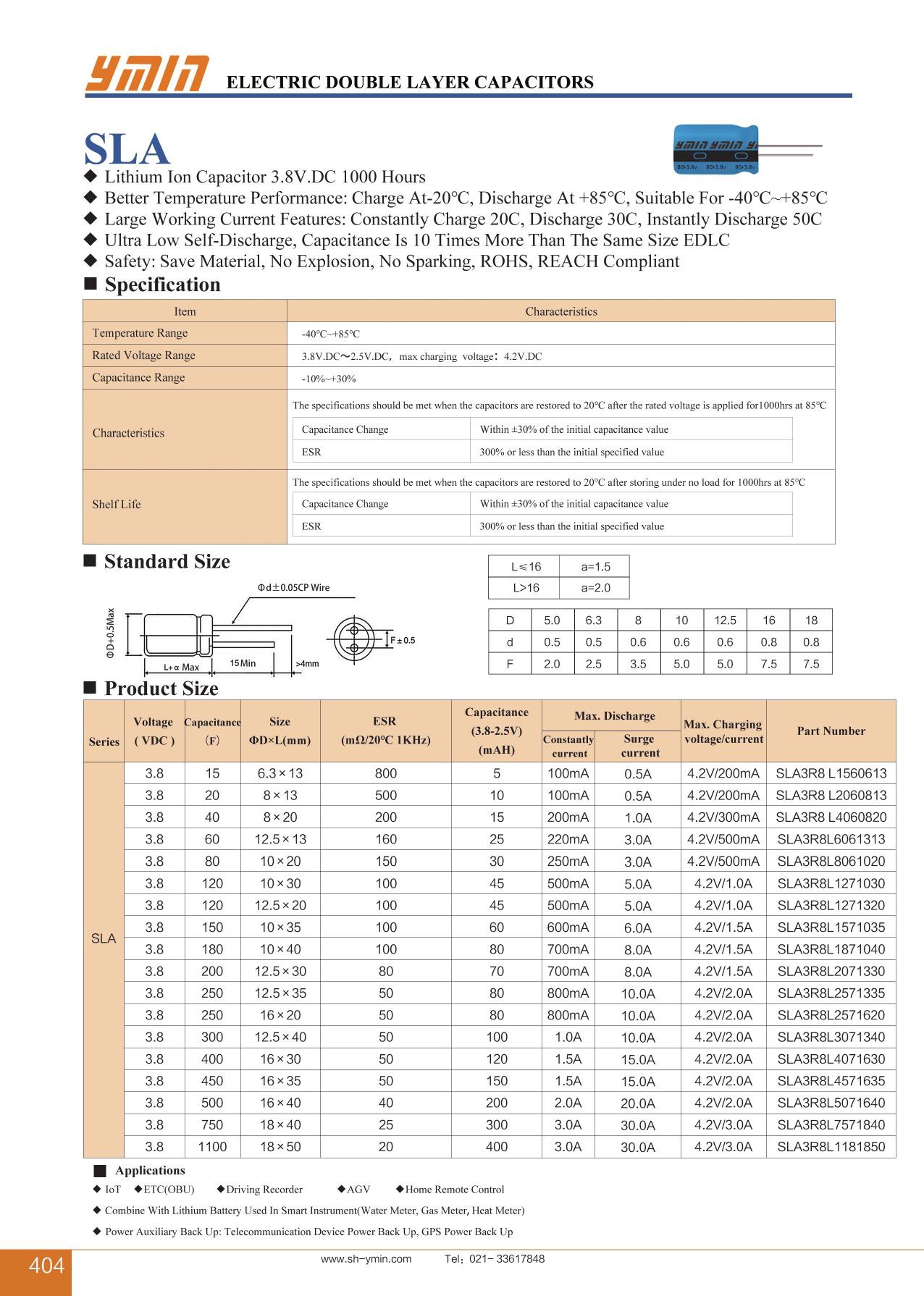Being so risk-averse when it comes to testing circuits, electricity is easier written about than tested. That said, I try to make time for actually devising miniscule experiments that test at least one or two things. I am also a very slow learner- I tend to accumulate a ton of idle knowledge and rarely organize the information towards something I actually can see a use for testing (and towards developing a more complex test or build!). The terms "move fast and break things" and "fail fast" doesn't interest me, or at least when it comes to testing circuits, as opposed to carpentry or metalworking (which I never do). Not only that, but "move fast and break things" is counterproductive for circuits at best and dangerous at worst. For this video, I was only able to test one thing- voltage. Granted, I also had an unused multimeter that I only tested once in 2021, and had been wanting to get some use out of it. Not to mention the breadboard and solar power managers that I have laying around in a box. But one step at a time- While the breadboard is pictured, it is not tested in this video. That will come next, once I figure out how to wire the minimum circuit necessary to light the red LED.
A positive result was that the voltage test resulted in a reading of 3.60V, of which the LIC is rated 3.8V. Not sure if that is less than par, or it is just less than 100% charged. Or something like that. The margin of error is somewhere between 0.5-1%, not enough to result in an incorrect reading of 5% margin error:
|Automatic ranging TRMS 6000 count
AC voltage: 6V/60V/600V (±1.2% + 5d), 750V (±1.5% + 5d)
DC voltage 600mV/6V/60V/600V(±0.5% + 5d), 1000V (±1.0% + 5d)
AC current 6mA/60mA (±1.0% + 10d), 600mA (±1.5% + 10d), 20A (±2.5% + 10d)
DC current 60μA/6mA/60mA (±0.8% + 10d), 600mA (±1.2% + 10d), 20A (±2.0% + 10d)
Capacitance: 6nF/60nF/600nF/6μF/60μF/600μF (±3.0% + 5d), 6mF/100mF (±5.0% + 10d)
Resistance: 600Ω(±0.8% + 10d), 6kΩ/60kΩ/600kΩ/6MΩ(±0.8% + 3d), 600MΩ(±1.2% + 10d)
Frequency: 100Hz/1000Hz/10kHz/ 100kHz/1MHz/10MHz (±1.0% + 3d)
Duty ratio: 1%~99% ± (1.0% +2d)
Temperature: -20℃-100℃ -4℉- 1832℉ (± 1.0% + 3)
Diode test, Continuity test, Good Sensitivity of NCV sensor
Full range overloaded protection, Data hold, Live test
Auto Shutdown: 15 minutes
Backlight and flashlight|
https://www.lcsc.com/product-detail/Lithium-Ion-Capacitors_Ymin-SLA3R8L2060813_C970391.html
Multimeter User UA19B guide: https://drive.google.com/file/d/1uLc5ZH09o1W1XA3oQ490vOcm_m7ylSJ0/view
https://www.amazon.com/gp/product/B08BRG4XN2/ref=ppx_yo_dt_b_search_asin_title?ie=UTF8&psc=1
There are some great tutorials on breadboards:
If I haven't posted a project log in a while, it's probably because I'd like to have something more substantial to showcase in a video than a single test. But I'm ok with that too.
Note: the 9V multimeter battery is being replaced very soon! It will be interesting to discover whether the low battery level was causing a 5-6% measurement error rate, which would suggest it is actually 3.8V...
----
An English version of the data sheet can be viewed here:
https://en.sekorm.com/doc/2768518.html

"The SLA3R8L2060813 from Shanghai Yongming Electronic is a Supercapacitor with Capacitance 20000 mF, Voltage Rating 3.8 V, Equivalent Series Resistance 500 mOhms, Temperature Operating Range -40 to 85 Degree C. Tags: Through Hole. More details for SLA3R8L2060813 can be seen below.
Product Specifications
Product Details
- Part Number SLA3R8L2060813
- Manufacturer Shanghai Yongming Electronic
- Description 20000 mF, 3.8 V, 500 mOhms, Electric Double Layer Supercapacitor
General
- Types of Capacitor Electric Double Layer Supercapacitor
- Capacitance 20000 mF
- Voltage Rating 3.8 V
- Equivalent Series Resistance 500 mOhms
- RoHS Compliant Yes
- Temperature Operating Range -40 to 85 Degree C
- Dimension 8 x 13 mm
- Package Type Through Hole"
----
A 10mAh supercapacitor/hybrid capacitor would allow up to 10 hours of charge for a 1 milliamp hour Ambiq Apollo3 microcontroller! https://www.sparkfun.com/products/15444
 Giovanni
Giovanni
Discussions
Become a Hackaday.io Member
Create an account to leave a comment. Already have an account? Log In.